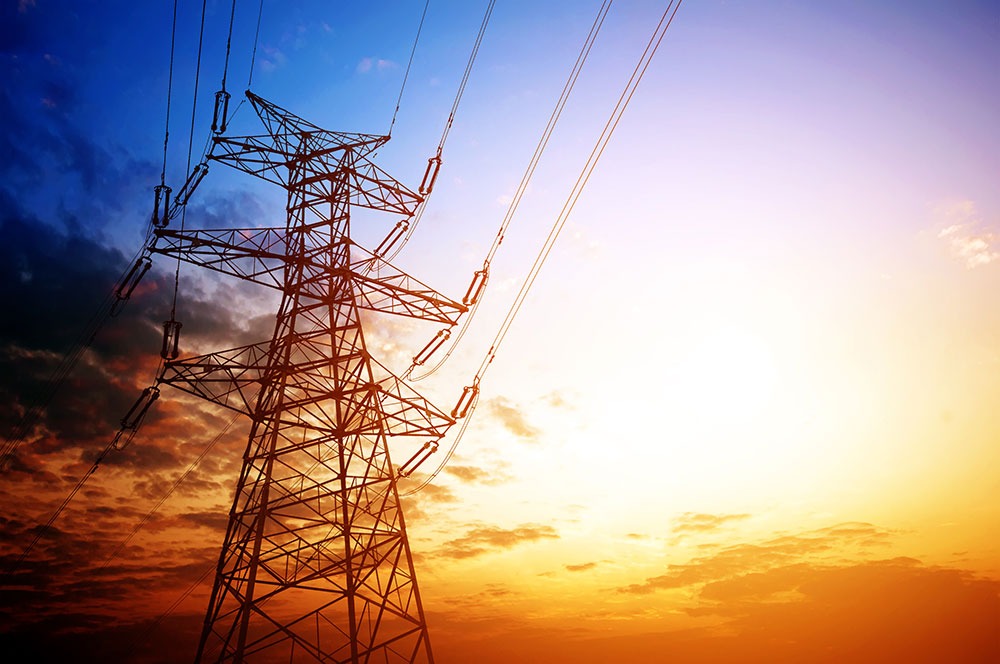Beijing, China, June 17, 2020 – Energy Transition Commission (ETC) and Rocky Mountain Institute (RMI) today jointly released the report Achieving Green Recovery for China: Putting Zero-Carbon Electrification at the Core.
This report recommends key stimulus programs for China’s recovery from the COVID-19 pandemic and economic downturn, and proposes that zero-carbon electrification be at the center of China’s investment strategy to realize economic growth and a sustainable future.
The report is one in a series of reports that RMI and ETC are releasing regarding green stimulus after the COVID-19 pandemic. In May, RMI released its Global Stimulus Principles paper setting out four principles which should guide green recovery programs across the world. This follows on ETC publishing its paper Seven Priorities to Help the Global Economy Recover.
This joint ETC/RMI report proposes programs for sustainable recovery in China which reflect the specific characteristics of the Chinese economy and policies already in place. The report outlines four key programs, with zero-carbon electrification at the core:
- Accelerate investment in zero-carbon electrification. China should combine increased investment in wind and solar capacity, ultra-high voltage transmission lines, energy storage and distribution grids, plus the accelerated rollout of vehicle charging infrastructure.
- Strengthen investment in “new” technology based forms of infrastructure, such as 5G, artificial intelligence, internet of things, data centers and optical fibre, which will build Chinese capacity in a range of vital future technologies.
- Ensure that investment in traditional infrastructure supports green and energy efficient urbanization.
- Promote green consumption, including via support for electric vehicles and more efficient electric heating systems.
In China’s government work program announced in May 2020, the need to invest in new infrastructure, to support new forms of higher quality urban development, and to accelerate the shift to new energy vehicles have been identified as priorities. This report argues that zero-carbon electrification should also be a priority, alongside those three priorities already identified. It also proposes that the acceleration of zero-carbon electrification should be as strategically important as high-speed rail and 5G.
“As China’s economy recovers from the COVID-19 crisis, it has a huge opportunity to do so in a way which also creates green and livable cities, which builds China’s competitive strength in the technologies of the future, and which contributes to the global fight against climate change. A strong commitment to zero-carbon electrification should be at the core of that strategy,” commented Adair Turner, chair of the global Energy Transitions Commission.
The report indicates that the decarbonization of electricity generation is essential to make the other pillars of the recovery program green. The recovery program of China’s future economy, such as new IT infrastructure in 5G and data centers, expanded high-speed rail networks, rail and subway systems to support new forms of urbanization, and the scaling up of electric vehicles will generate significant electricity demand. It is therefore important to ensure that growing electricity demand is delivered in a green and zero-carbon way, through increasing percentage of wind and solar and supportive infrastructure investment to ensure a secure and reliable power system.
“In the post-COVID-19 era, the official layout of new infrastructure and new urbanization by the Chinese government will strongly incentivize the construction of green and low-carbon infrastructure. In the future, we look forward to China’s further strengthening of investment and policy support in these areas to accelerate green recovery. China’s path to green recovery is expected to provide confidence and best practices for other developing countries, and to lead the global economy’s green recovery,” said Li Ting, managing director and chief representative of RMI China.



